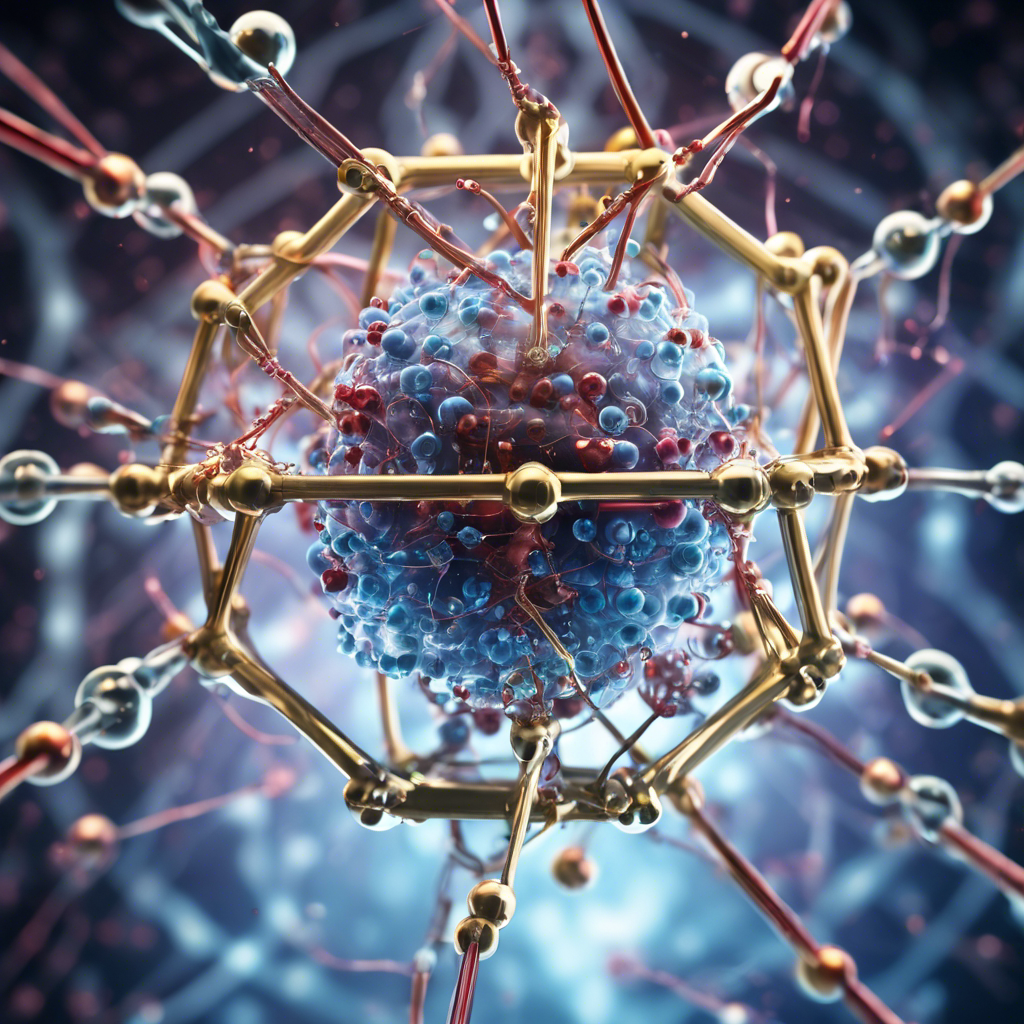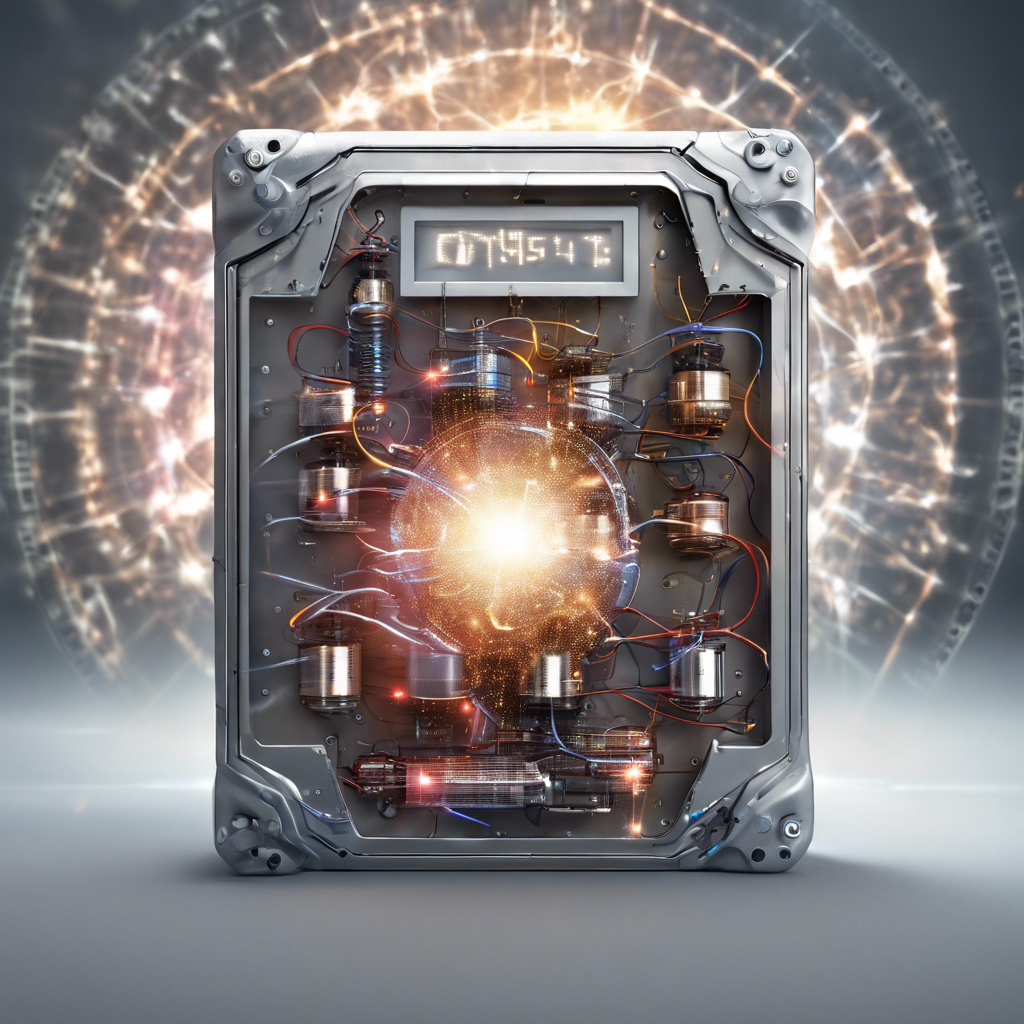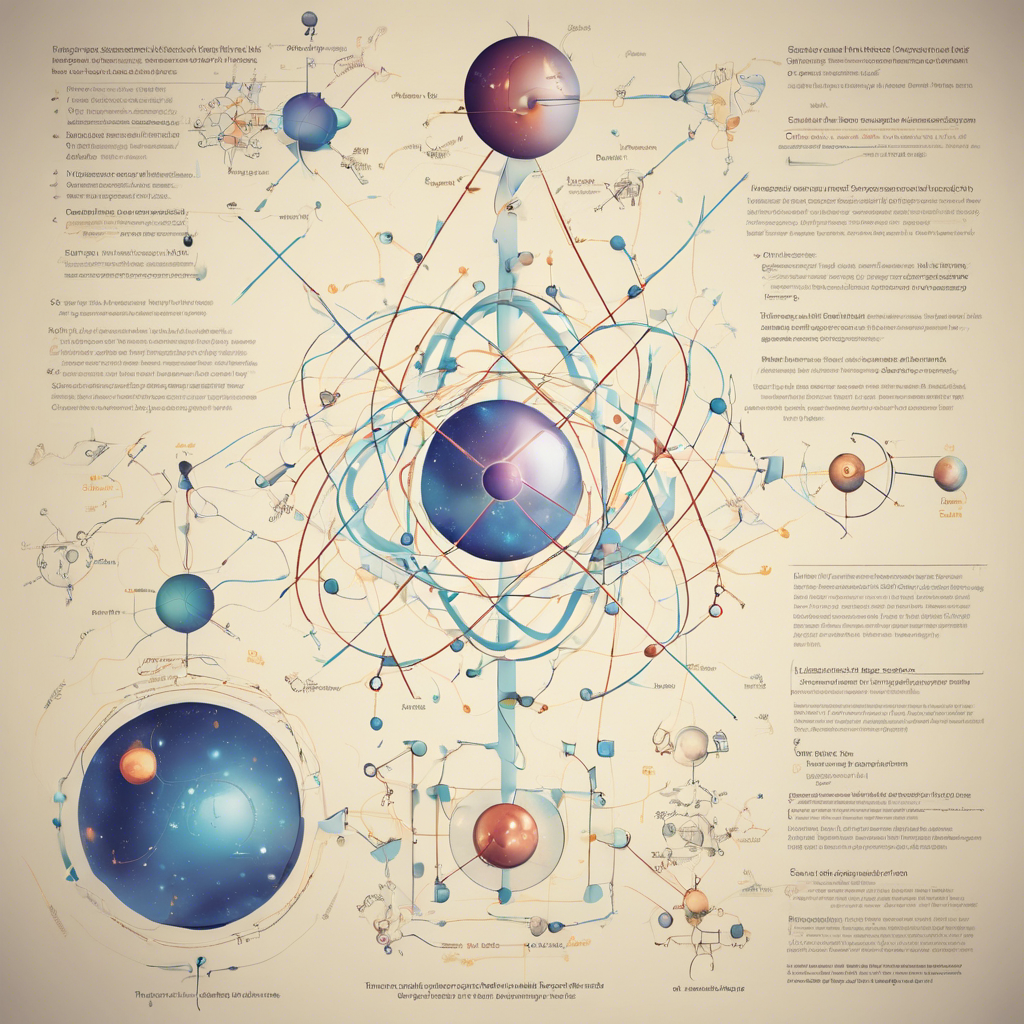Physicists Achieve Quantum Entanglement with Molecules Trapped in Optical Tweezers
In a significant breakthrough for quantum computing, physicists have made strides towards building quantum computers using individual molecules trapped with laser devices known as optical tweezers. Two separate teams have reported their findings in the journal Science, demonstrating the entanglement of pairs of calcium monofluoride molecules – a crucial effect for quantum computing. This achievement opens up new possibilities for leveraging entangled states to enhance the potential applications of molecular tweezer arrays, marking a landmark result in the field.
Underdog technologies gain ground in quantum-computing race:
Since the late 1990s, quantum computing demonstrations have primarily relied on manipulating large numbers of molecules in a solution within nuclear magnetic resonance machines. However, researchers have since explored alternative platforms for quantum computing, including superconducting circuits and individual ions held in a vacuum. A new contender has emerged in recent years, utilizing neutral atoms as qubits trapped with highly focused laser-beam tweezers. Now, two teams have made early progress in applying this approach to molecules, offering unprecedented ways to encode and interact with quantum information.
Very cool molecules:
Both studies utilized arrays of optical tweezers, with one molecule trapped in each unit. Through laser techniques, the molecules were cooled to temperatures just millionths of a degree above absolute zero, allowing them to reach a state of near-complete stillness. The molecules’ rotation could be halted or manipulated to rotate with a single quantum of angular momentum, known as ħ. The teams used non-rotating molecules to represent the ‘0’ state of their qubits and rotating ones to represent the ‘1’.
Calcium monofluoride, the molecule of choice, exhibits high polarity, with negative electric charges clustering towards the fluorine atom. This polarization allows the researchers to induce interaction between two calcium monofluoride molecules by sensing each other’s positive and negative poles. The resulting dipolar interaction leads to entanglement, creating a collective quantum system necessary for quantum computers to execute algorithms.
Beyond quantum supremacy: the hunt for useful quantum computers:
While molecular quantum computers may be slower than those using other qubit types for most applications, they offer a natural environment for manipulating quantum information using qutrits. Unlike traditional qubits with two possible states (0 and 1), qutrits have three states (-1, 0, and +1). This opens up possibilities for quantum simulations of complex materials or fundamental forces of physics. Additionally, trapped molecules could aid in high-precision measurements that may reveal the existence of new elementary particles.
Conclusion:
The recent achievements in quantum computing with trapped molecules demonstrate the rapid advancement in this field. By showcasing the potential of molecules as a competitive platform for quantum simulation, physicists have paved the way for future developments in quantum computing technology. While molecular quantum computers may have their limitations, their unique characteristics and ability to manipulate qutrits offer exciting prospects for solving complex problems and exploring the mysteries of the universe. As researchers continue to push the boundaries of quantum computing, the future of this groundbreaking technology becomes increasingly promising.











